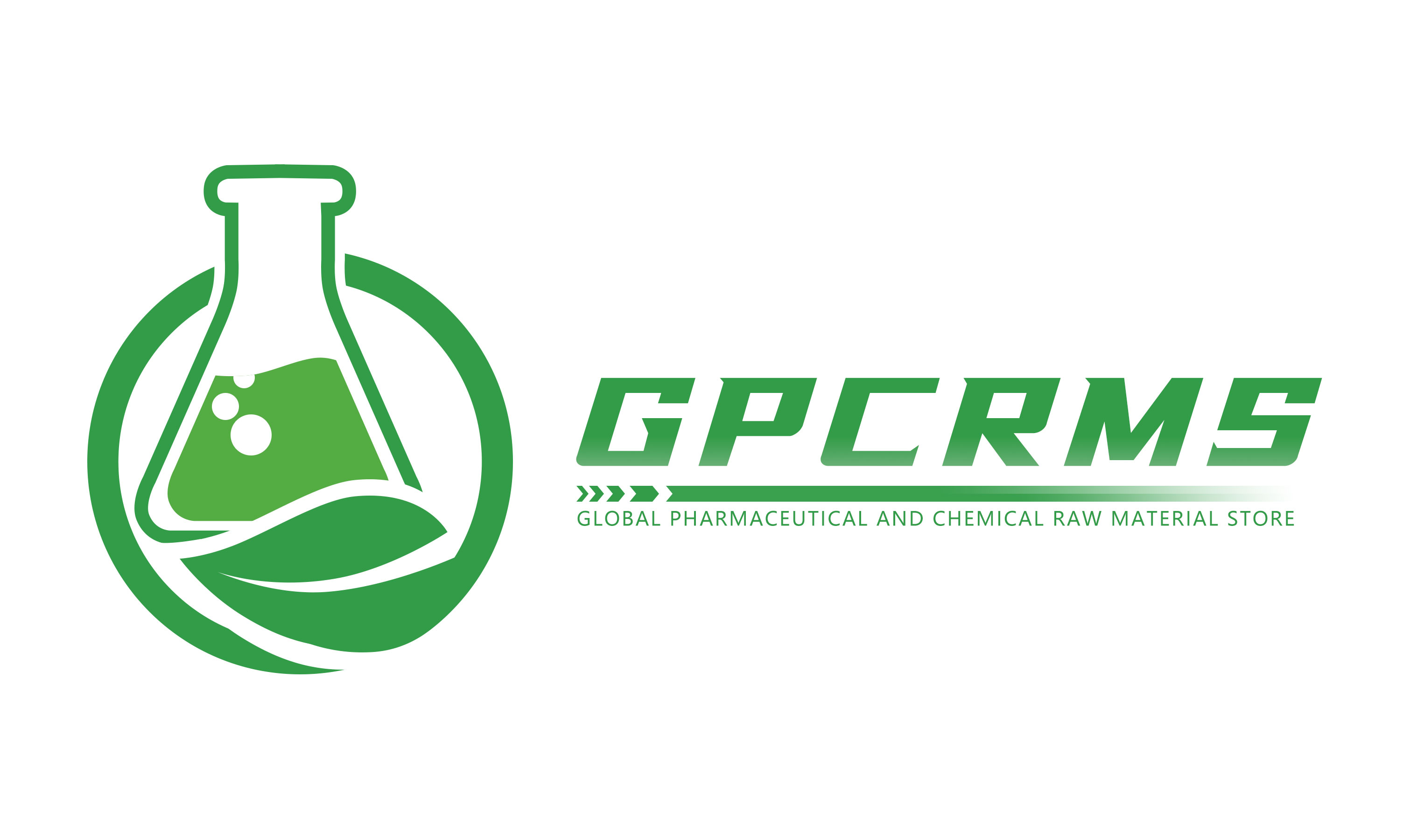Helium use in R&D department
In scientific research experiments, the application of helium plays a crucial role, especially in chemical experiments where it serves as an indispensable auxiliary tool. In our R&D department, helium is widely used in various experimental steps. Due to its stable chemical properties, it is considered an ideal protective gas.
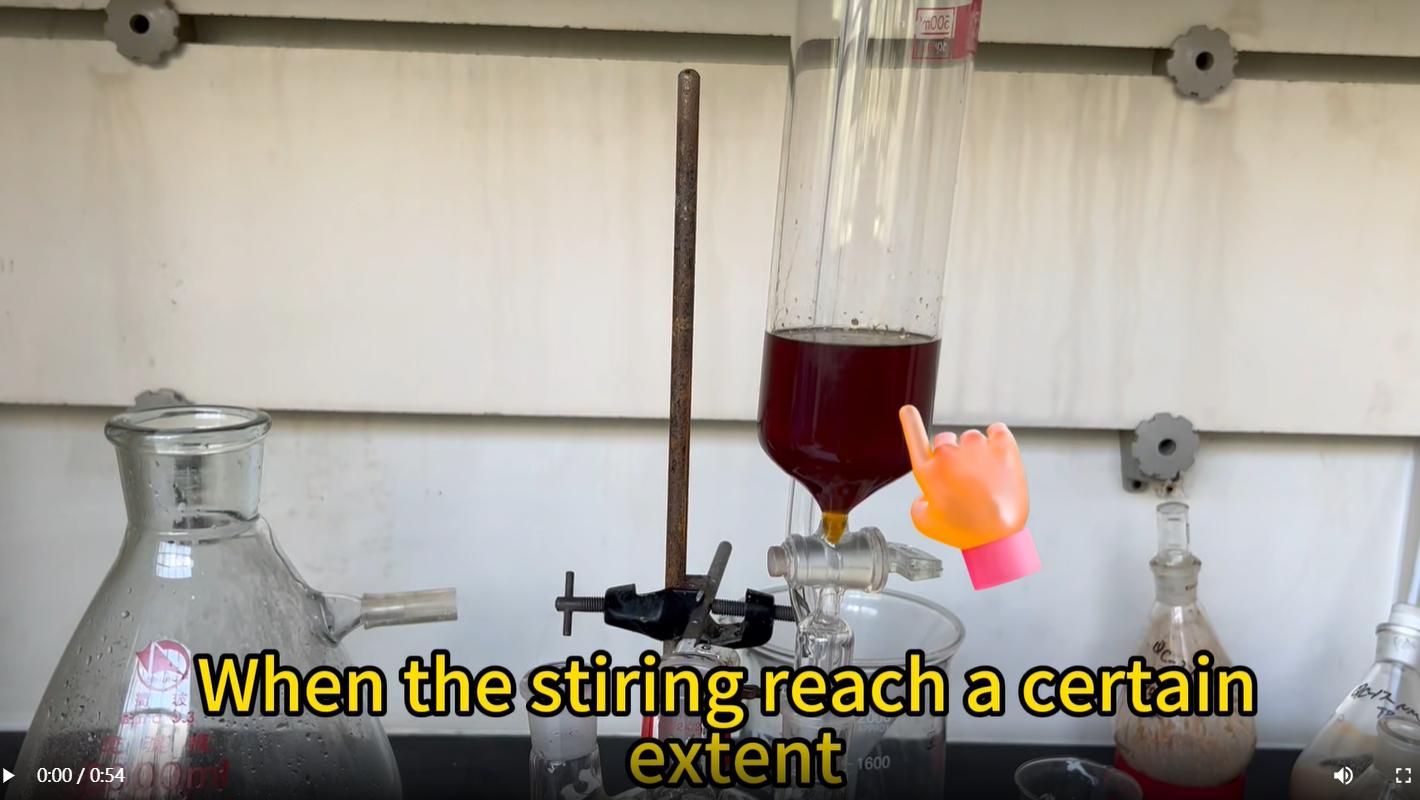
During experimental operations, when stirring reaches a certain degree, we usually inject the solvent required for the next step from the top of the reactor. This step requires great caution, as even the slightest introduction of moisture or oxygen from the air can affect the efficiency of the subsequent reaction or cause unwanted side reactions. To avoid such issues, helium is often introduced at this stage as a protective gas to stabilize the reaction system.
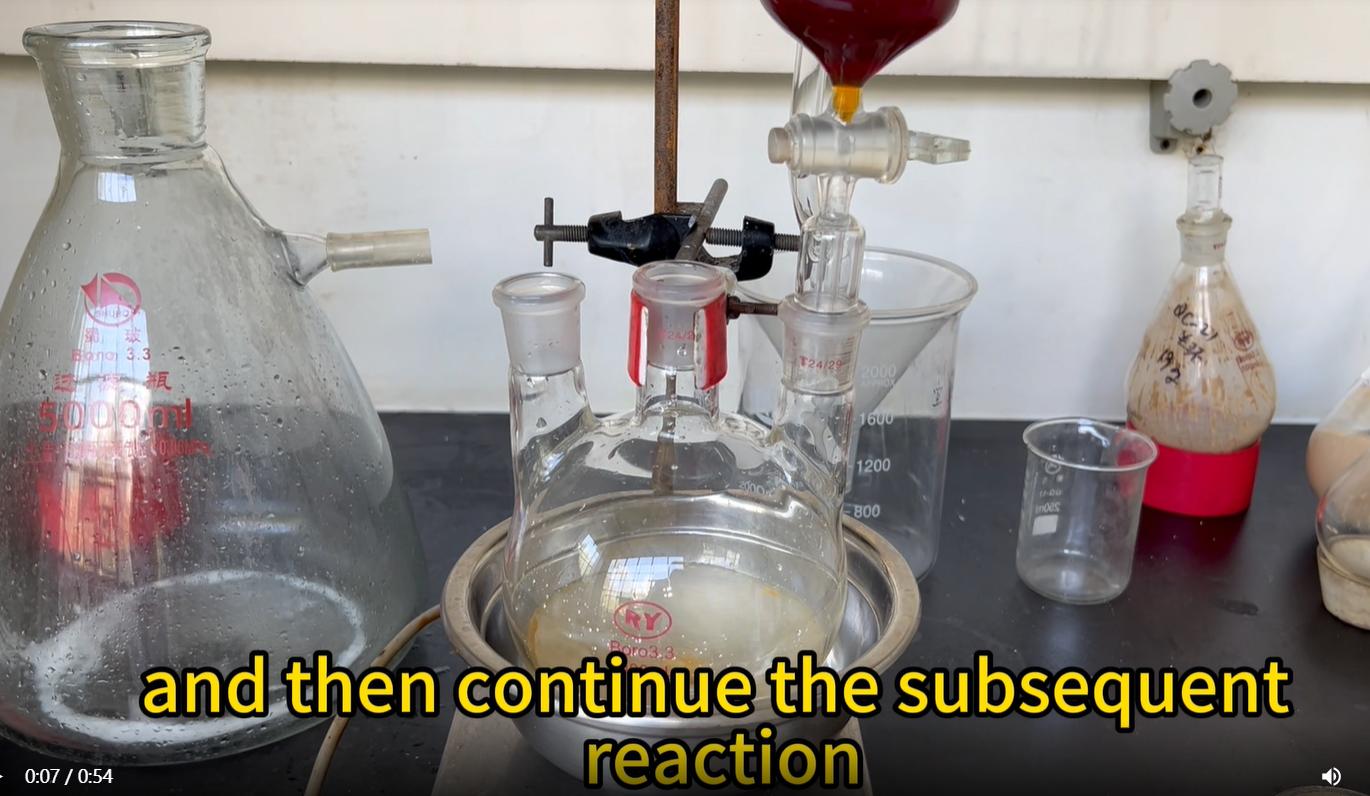
Elsewhere in the laboratory, there are other interesting details to observe. For instance, when you walk into the lab, one of the first things that might catch your eye is a red balloon. You might wonder: what is a balloon doing in a scientific setting? In fact, the balloon is not a decoration but is filled with helium, serving as part of the helium storage or detection setup. Its presence is a quiet reminder that helium is actively participating in the experimental process, providing a stable and interference-free environment for reactions.
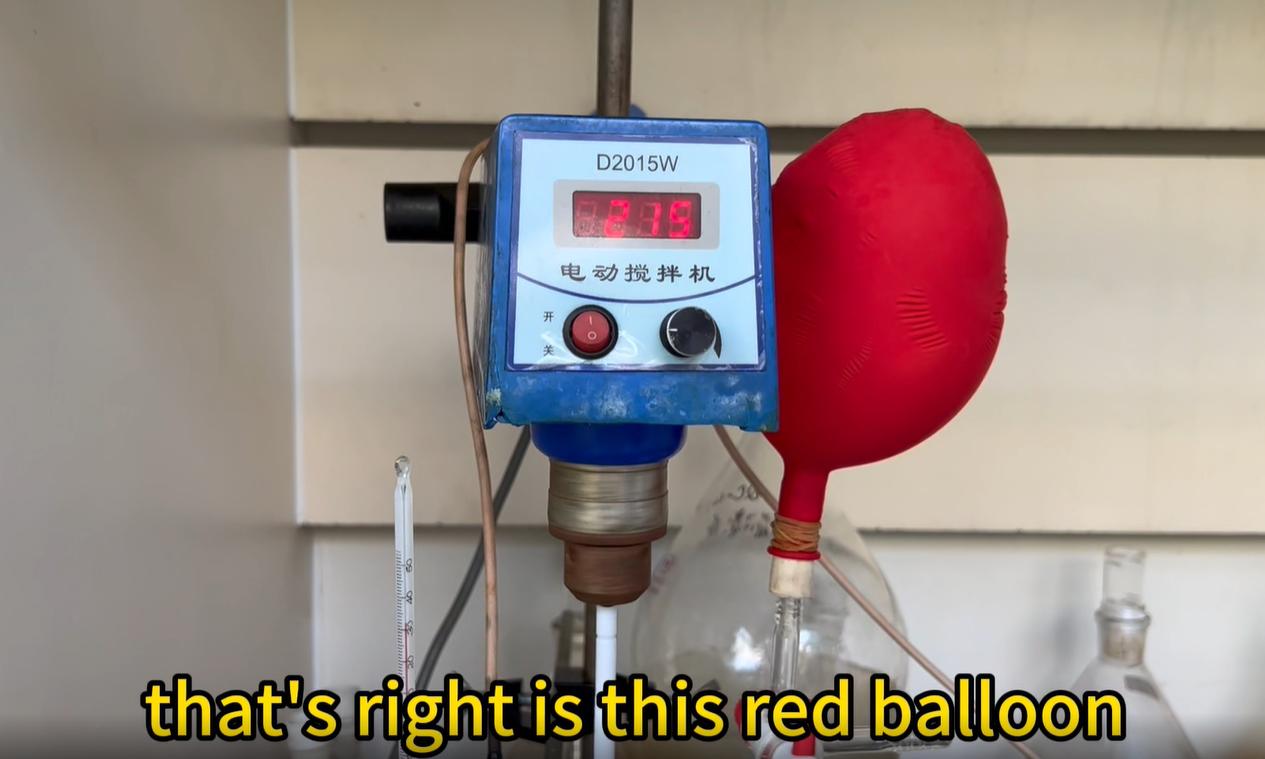
Helium is an inert gas with extremely high chemical stability and hardly reacts with other substances. This characteristic makes helium particularly important in experiments that are highly sensitive to moisture. For example, when synthesizing certain organometallic compounds, the reaction conditions must be absolutely anhydrous and oxygen-free. Any moisture or oxygen entering the system can quickly react with the organometallic compounds, leading to experimental failure or the formation of impure products.
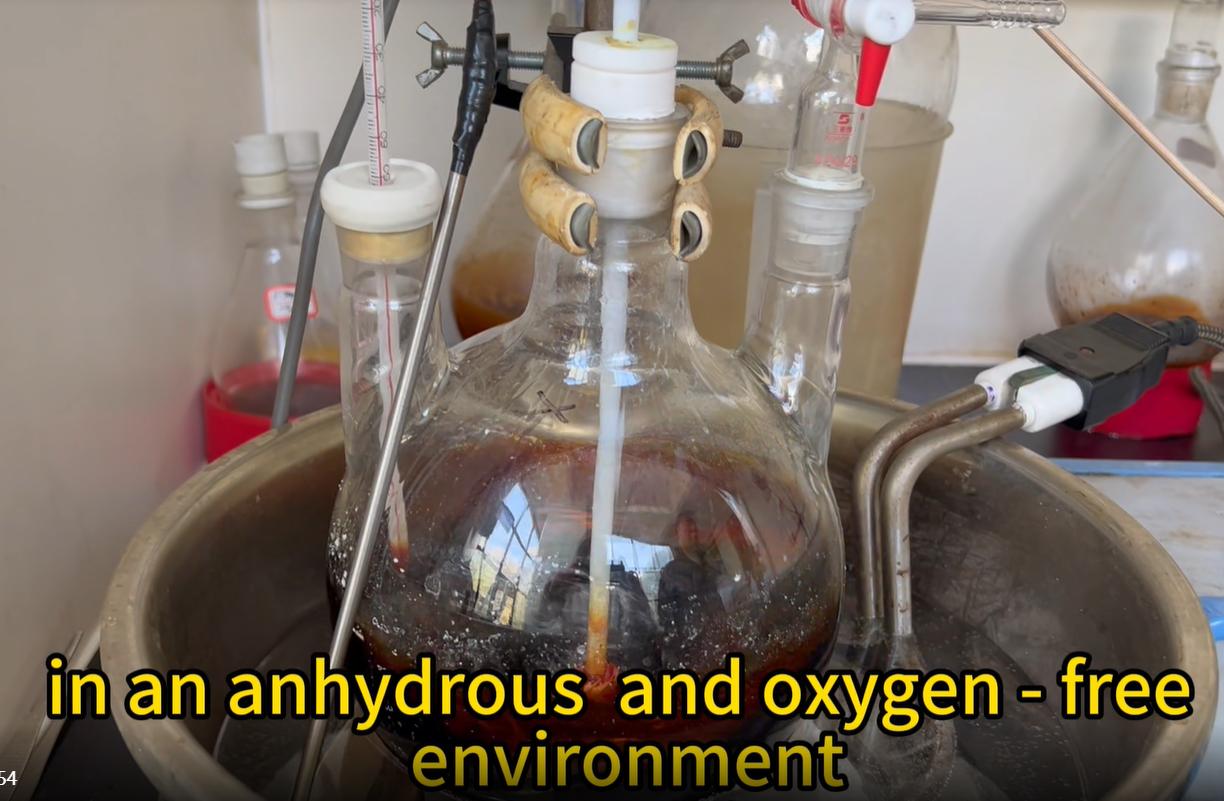
In such experiments, helium is used as a protective gas. It effectively displaces air and water vapor from the reactor, creating a relatively sealed and stable reaction environment. By continuously introducing helium, oxygen and moisture in the reaction system can be thoroughly removed, ensuring the reaction proceeds only under the intended conditions. This greatly improves both the purity of the product and the success rate of the experiment.
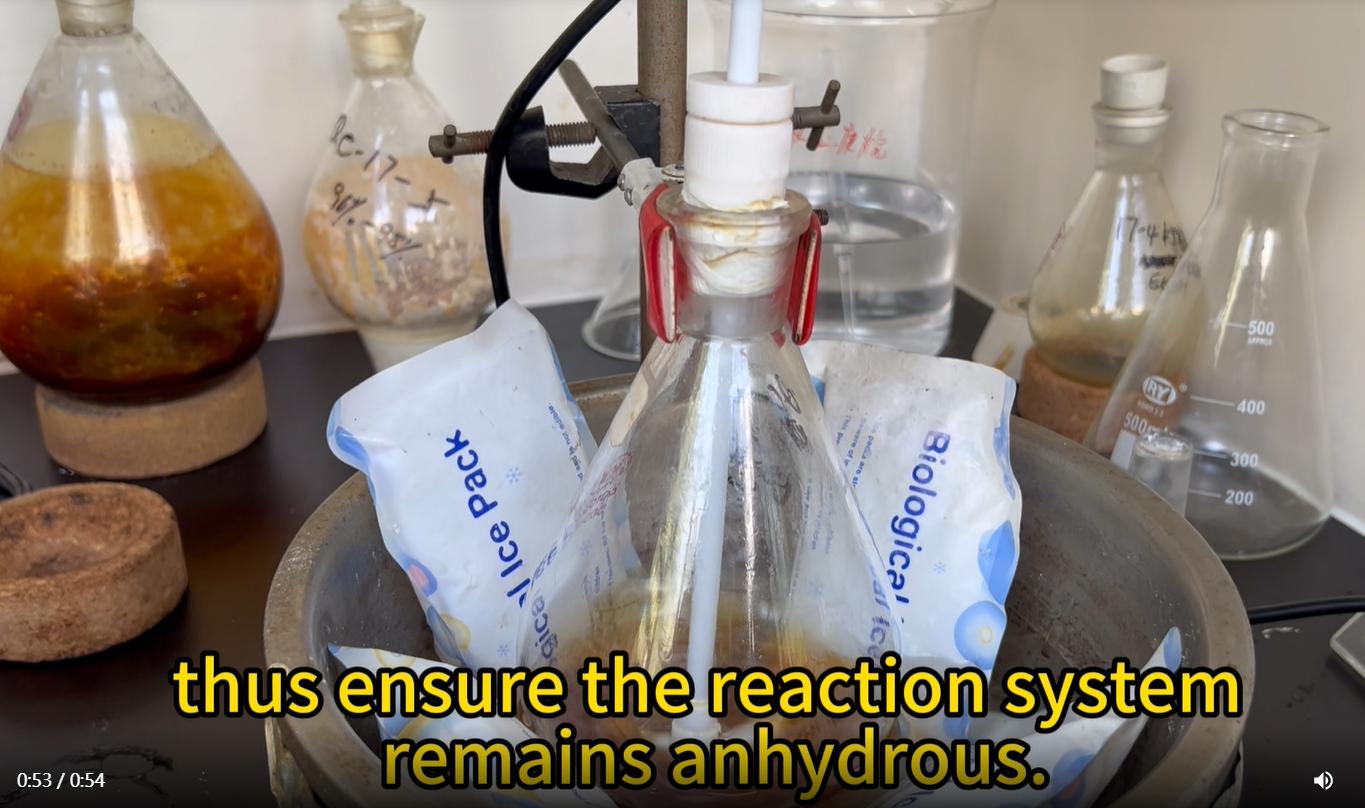
In conclusion, the role of helium in scientific research is far more than just “filling” or being “inert.” It is a key factor in creating ideal conditions for precise reactions. Thanks to helium’s protective presence, we are able to control reaction parameters at the molecular level and push scientific research toward deeper and more advanced discoveries.
